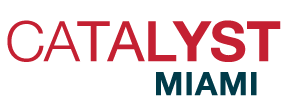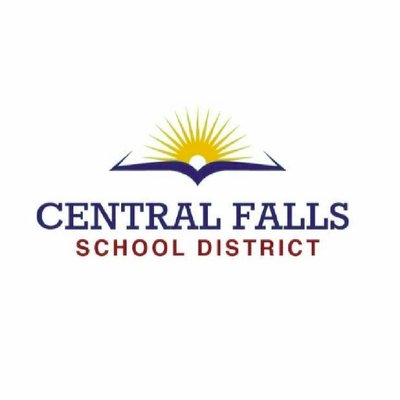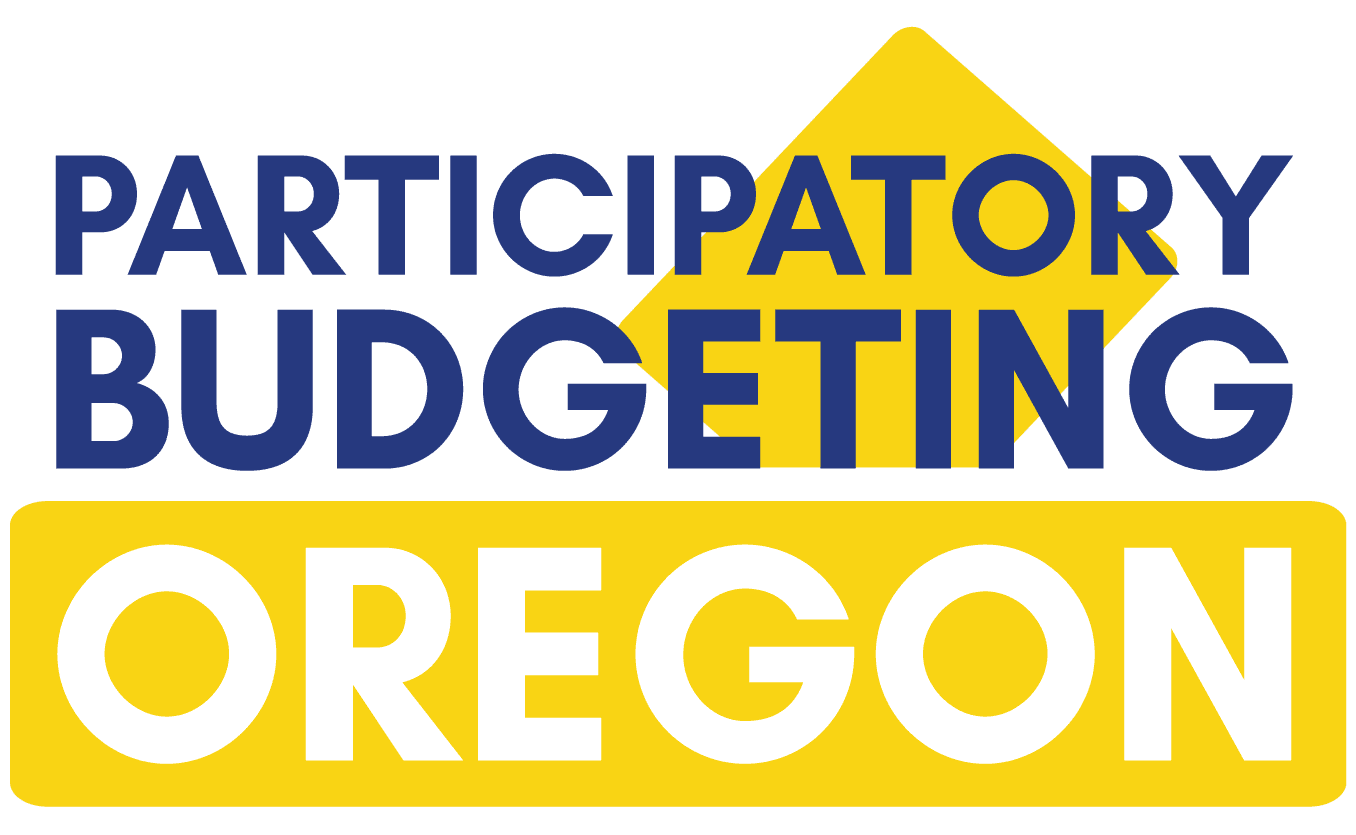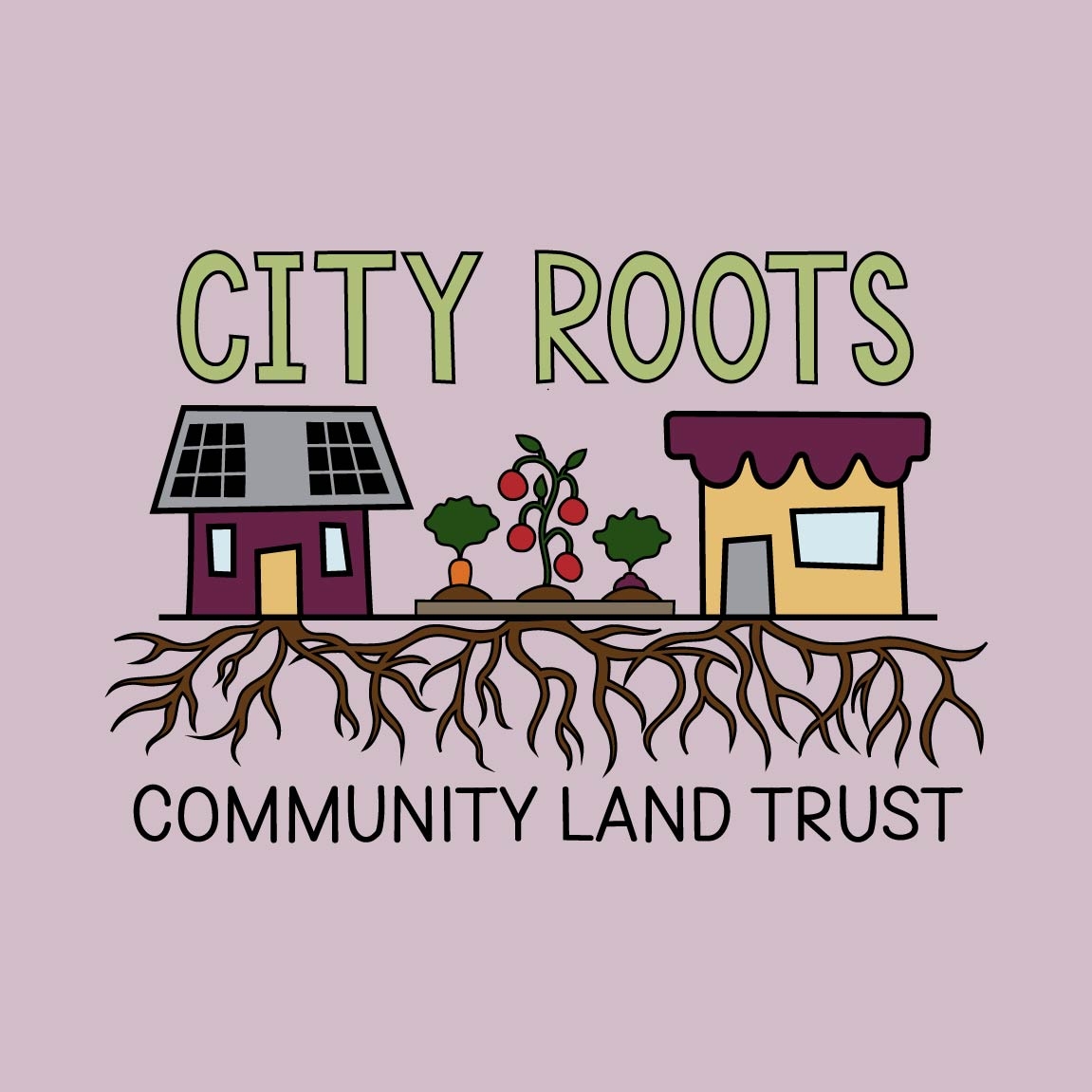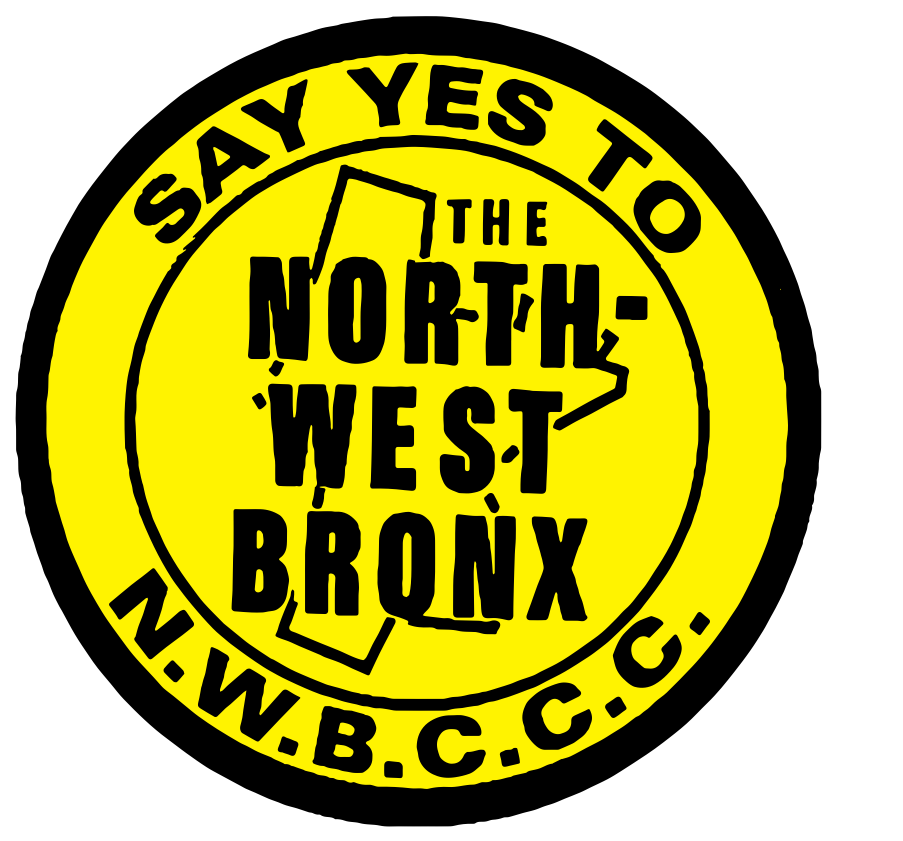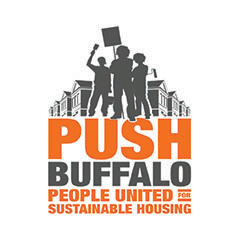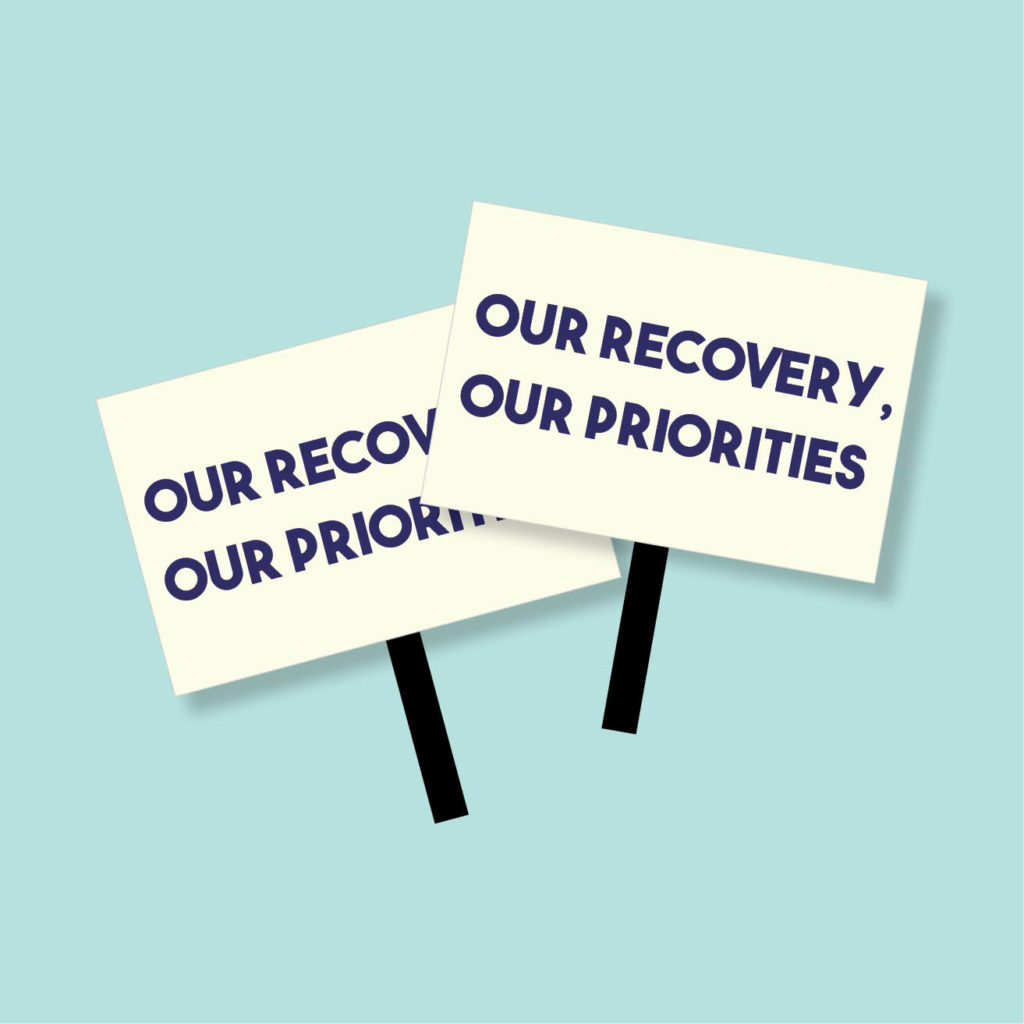The American Rescue PLan Act (ARPA)
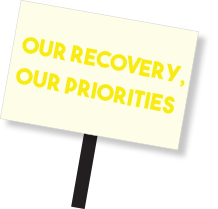
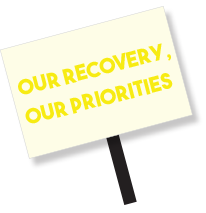


Congress passed the American Rescue Plan (ARPA): a historic opportunity to build back our communities and economy after the COVID-19 pandemic, while having the potential to address the deeply embedded inequities in access and voice in our democracy.
Using community-led decision making to distribute ARPA funds will help ensure investments match real community needs. Practices like participatory budgeting can increase equity, access, and accountability in spending decisions, transforming and deepening democracy as we build back better.
Introducing our Community-Led Recovery Awardees!
The DBE coalition launched an RFP to distribute grants to organizations using participatory democracy practices to distribute ARPA funds in their community.
These organizations have been working to advocate for and implement participatory practices in the allocation of American Rescue Plan Act (ARPA) funding. Each organization received $10,000 to carry out their work, in addition to shared learning and capacity building opportunities.
Read on to learn more about what these organizations have accomplished!
ARPA funds can be be used for grassroots campaigns, education, and organizing work in any of the areas listed below. The RFP is now closed, but you can view the RFP FAQ to learn more.
- Research
- Education sessions with stakeholders
- Staff or member time/stipends
- Materials translation or meetings interpretation
- Technology for online meetings
- Childcare support for meetings or education sessions
- Food stipends for members and event attendees

Creating materials to support participatory budgeting in schools, sharing information via national webinar and blog about the PB process with federal ESSER funds, supporting the school system in engagement on ESSER spending plan.
📍 Oregon
Supporting youth with civic education and engagement as they launch the first phase of a youth-led PB campaign to allocate $690,000 of ARPA funds.
See the ARPA Case Studies
A Community-led Recovery: ARPA Funds in Central Falls, RI
A Community-led Recovery: ARPA Funds in Oregon
A Community-led Recovery: How to Use Participatory Budgeting for American Rescue Plan Funding
What is Participatory Democracy?
What is Participatory Budgeting (PB)?
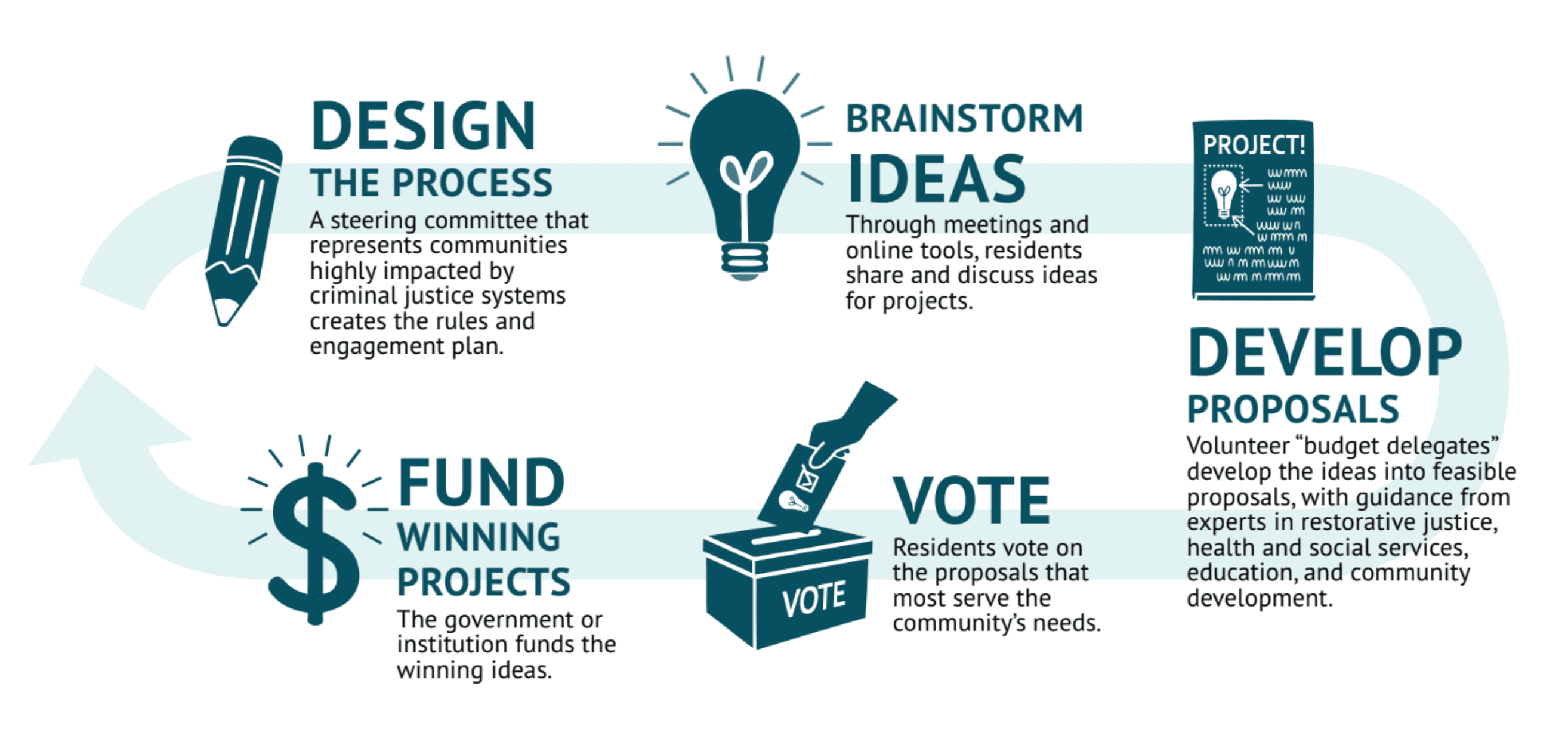
Interested in learning more?
What is ARPA?
The American Rescue Plan Act (ARPA) is an expansive $1.9 trillion package to help people cope with the economic and public health fallout of the pandemic, that includes direct financial assistance to families and individuals, infrastructure investments, and pandemic response.
$350 billion will be passed down to states, local governments, and tribal governments. Your community can participate and have a say in where this funding goes. To ensure funding responds to the wide range of community needs and advance COVID-19 recovery, the federal government has given local jurisdictions discretion in how to spend ARPA funds.
Why involve the community?
- With renewed energy and emphasis placed on equity and accessibility in COVID-19 recovery, participatory democracy presents a way to directly empower and center communities most often left out of the decisions that impact their lives.
- Local communities know their own needs best and can make decisions that fulfill their values.
- Participatory budgeting can help ensure that community members most impacted by COVID-19 have a direct say in where resources go. With millions, and in some cases billions, of dollars flowing into local government budgeting processes, this is an unprecedented opportunity for communities to participate in how budget decisions are made.
- Community engagement will be a key ARPA reporting requirement of receiving and spending funds—and governments must report how they used community input in their spending decisions. In order to truly serve communities hit hardest by the COVID-19 pandemic and legacies of inequity, community engagement must be equitable, accessible, and significant. Participatory democracy ensures that we do not stop at engagement, but make sure that participation is meaningful and yields real decision-making power for communities.
About Reporting Requirements
1. Dept. of Treasury, Compliance and Reporting Guide: State and Local Fiscal Recovery Funds (p. 25)
2. Department of Education, ARP ESSER Interim Final Rule.
Key Questions (FAQ)
Is there still time to advocate for how ARPA money should be spent?
Yes! For State and Local Fiscal Recovery funds: While many jurisdictions may have spending plans in place, many will receive a second round of funding in 2022. See where your locality is in their funding cycle.
Funds do not have to be allocated until the end of 2024, so our communities don’t have to rush through this process.
What do I do first?
Educate your community about what participatory budgeting is – one tool within the participatory democracy tool box. Share this information sheet with your electeds and communities!
Sign up for updates from Democracy Beyond Elections including campaign updates from the coalition.
How do I engage my community and the public in this process?
You can use the Participatory Budgeting Project’s “Scoping Toolkit” to understand what key steps launching a successful PB process entails.
How can I find out who might already be doing participatory budgeting in my city?
Check out this map of past and current participatory budgeting processes in North America to find out who might already be working on participatory budgeting in your city.
What if my City or State already has a distribution plan in place?
Even if your representatives have a plan in place, advocating for participatory democracy now can create the public will and infrastructure for using community-led decision making practices to make decisions on future spending bills, policies, and other decisions that impact your community.
Local Example:
Grand Rapids, MI
Community-led decision making is underway in Grand Rapids, Michigan where $2 million of ARPA funding will
be allocated by participatory budgeting process. They have convened their steering committee with representatives
from each of the cities three wards and will focus idea collection and proposal development on 5 key priority
areas: violence reduction, public safety co-response, housing affordability, broadband access and COVID-19 economic impacts. Learn more about the Grand Rapids, MI PB process.
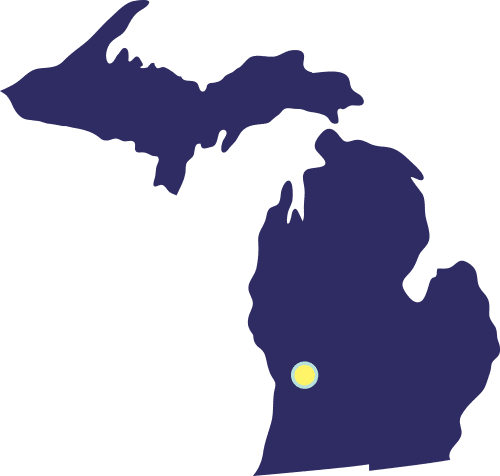
Other Resources
Priorities for Spending the American Rescue Plan’s State and Local Fiscal
Recovery Funds, Center on Budget and Policy Priorities, May 2021
What is Participatory Budgeting?, Participatory Budgeting Project
American Rescue Plan Act Funding Breakdown, National Association of Counties

Have questions about how to have community involvement distributing ARPA funds in your community?
Email questions to elizabeth@participatorybudgeting.org
